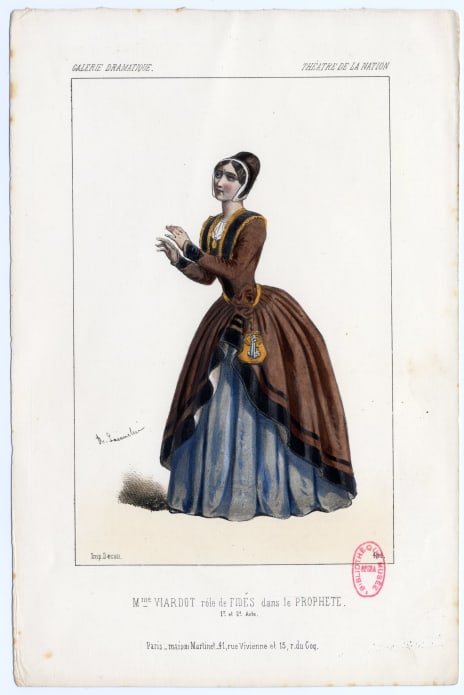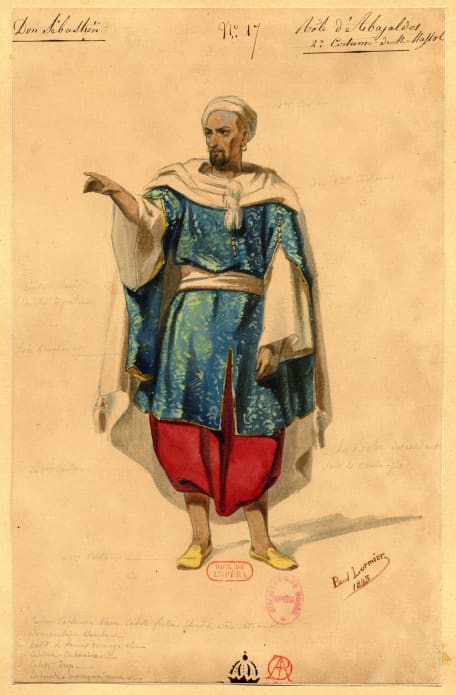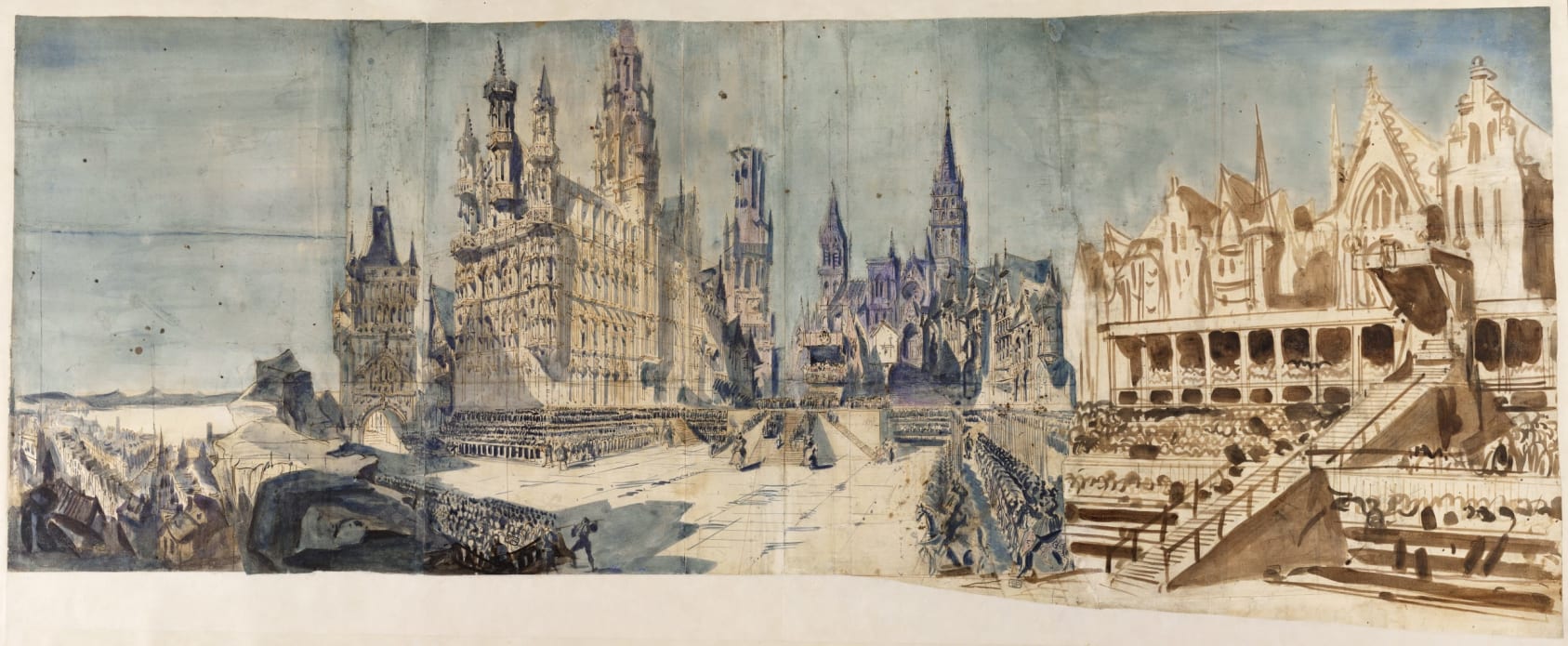Prices
Show / Event
Venue
Experience
No result. Clear filters or select a larger calendar range.
No show today.
© BnF

III. Meyerbeer : the triumphs of grand opera
After the agitation of the Trois Glorieuses in July 1830, the arrival of Louis-Philippe, proclaimed King of the French on 9th August, was to facilitate grand opera’s rise to glory. Although revolutionary ideas marked the first works in this genre, prosperity and “bourgeois” order provided Auber, Meyerbeer and Halévy with the means to realise their ambitions.
From 1831 to 1835, Louis-Désiré Véron, a doctor and a shrewd businessman, presided over the destiny of the Paris Opera as its business manager. He spotted the potential of this new type of “total art work”, which included singing, dance and spectacular technical effects and did not hesitate to invest considerable sums of money in costumes and sets. For Robert le Diable, the staging cost no less than 70,000 francs (about 300,000 euros today). But the production was crowned with success and audiences marvelled at grand opera and the increasingly extravagant means it required.
For the staging of La Juive, in 1835, the Paris Opera agreed to spend 150,000 francs, then 160,000 for Les Huguenots the following year. The takings fulfilled all hopes, and Meyerbeer’s second grand opera for Paris ran for a hundred performances in less than three years. Dom Sébastien du Portugal by Donizetti, first performed in 1843, was one the rare failures. In 1852, Le Juif errant by Halévy, despite a sumptuous production, was coolly received. The work was ultimately saved by its ballet, choreographed by Arthur Saint-Léon, in which Louise Taglioni, Marie’s cousin, was a sensation.
Le grand opéra - the triumphs of grand opera
1/9
Immerse in the Paris Opera universe
Business Space
Back to top






















